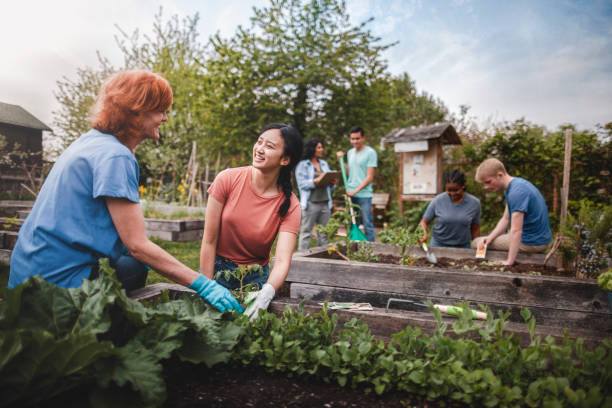Fruit Trees: Practical Care for Home Orchards
Fruit trees can add beauty, food, and biodiversity to a garden while supporting sustainability when managed thoughtfully. Whether you plan a single pear tree or a small mixed orchard, understanding outdoor site selection, watering routines, mulch practices, and longer-term stewardship will help trees establish and produce reliably. This guide covers core steps and practical tips for home growers of varied experience.

Outdoor site and soil for fruit trees
Choosing the right outdoor location is the first practical step. Fruit trees need full sun for most of the day, good air circulation to reduce disease pressure, and soil that drains well. Avoid low spots that collect frost or standing water. Test soil texture and pH; many fruit trees prefer slightly acidic to neutral soil but individual species vary. Incorporate organic matter to improve structure and drainage if soil is heavy clay. Pay attention to spacing so roots and canopies will have room as trees mature; crowded trees are more disease-prone and harder to manage.
Watering schedule and techniques
Proper watering is critical during establishment and in dry spells. Newly planted trees need consistent moisture for the first one to three years; deep, infrequent watering encourages roots to grow downward. Use a soaker hose or slow drip for 30–60 minutes once or twice weekly depending on soil type and weather. Reduce frequency but increase depth as trees mature. Monitor soil moisture by feeling 4–8 inches down: it should be moist but not waterlogged. Avoid frequent shallow irrigation, which encourages surface roots and weaker drought resilience.
Using mulch to protect roots
Mulch conserves moisture, suppresses weeds, moderates soil temperature, and builds soil health over time. Apply a 2–4 inch layer of organic mulch such as wood chips, shredded bark, or composted leaves in a wide ring around the trunk, keeping material a few inches away from the trunk to prevent rot and rodent issues. Replenish mulch annually as it decomposes. Mulch can also reduce the need for frequent watering and limit soil compaction from foot traffic. Choose free or locally sourced organic materials where possible to support local sustainability.
Sustainability practices for orchards
Sustainable fruit-tree care emphasizes resource efficiency, biodiversity, and long-term soil health. Favor native or well-adapted varieties to reduce irrigation and pest pressures. Use integrated pest management: monitor for pests, encourage beneficial insects with companion plantings, and use targeted controls only when necessary. Capture rainwater for irrigation, compost prunings and organic waste, and avoid routine broad-spectrum chemical use. Consider mixed plantings and understory cover crops to improve habitat, enhance pollination, and reduce erosion. These practices can lower inputs and build healthier, more resilient trees.
Growing a pear tree: tips and challenges
A pear tree is a useful example of species-specific care. Pears generally tolerate heavier soils better than some stone fruits and can be productive in cooler climates. Choose the correct rootstock and cultivar suited to your area and pollination needs; many pear varieties require a compatible pollinator. Prune pears to an open, balanced shape in late winter to encourage light penetration and airflow. Watch for common issues such as fire blight and scale; early monitoring and good sanitation (removing infected wood) help limit outbreaks. Provide steady watering during fruit set and development to reduce stress-related fruit drop and splitting.
Conclusion
Caring for fruit trees combines practical site choices, steady attention to watering and mulch, and a commitment to sustainable practices that protect soil and biodiversity. Begin with a well-prepared outdoor site, maintain a consistent but measured watering plan, and use mulch to conserve moisture and improve soil. Adopt sustainability measures such as composting, encouraging pollinators, and monitoring pests to reduce chemical inputs. With patient, informed care, a home orchard — from a single pear tree to several varieties — can yield healthy trees, useful harvests, and environmental benefits over many years.






